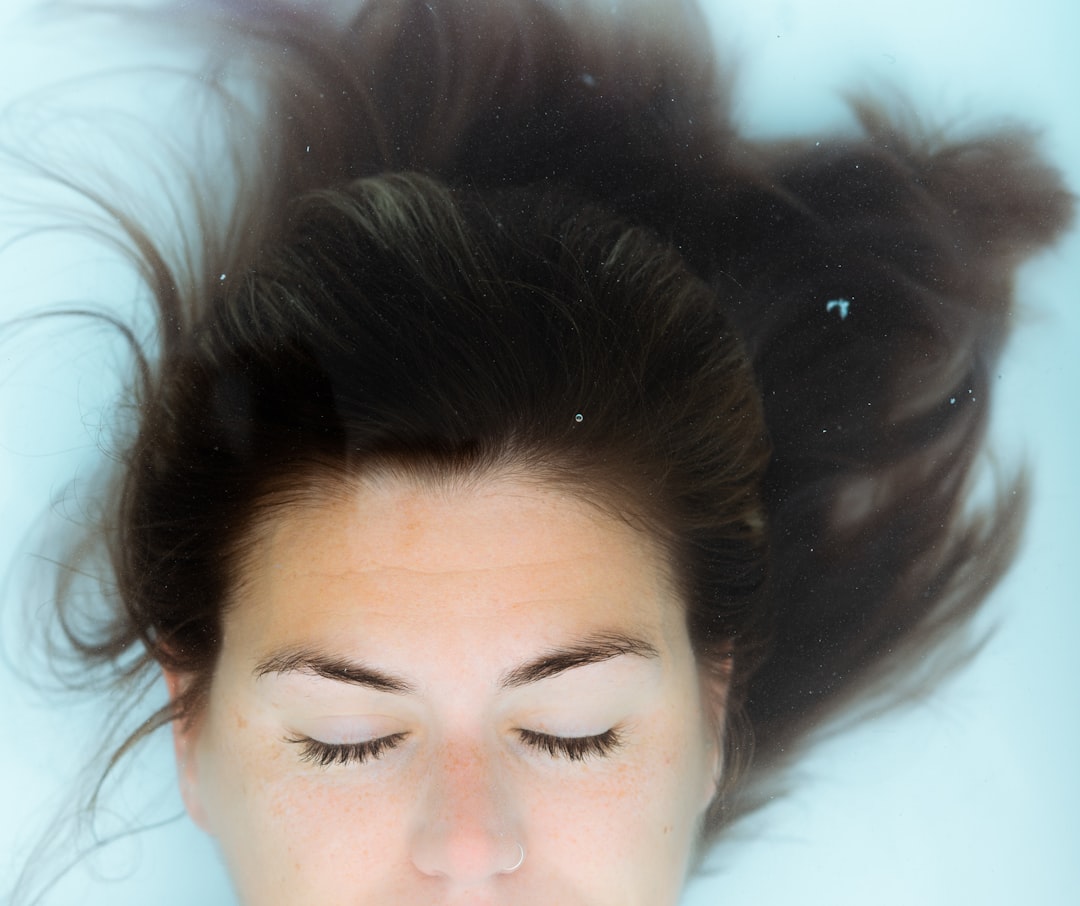What is it about?
Humans overestimate the length of a horizontal line when inward arrowheads are located at both ends of the line (>-<) and underestimate the length of the line when outward arrowheads are located (<->). This very famous phenomenon is called the Müller-Lyer illusion. The results of this study suggest that budgerigars also perceive the Müller-Lyer illusion as humans do. Furthermore, interestingly, the magnitude of illusion in budgerigars was larger than that in humans. This implies that, for budgerigars, a line flanked by inward arrowheads (>-<) may look even longer than for humans, while a line flanked by outward arrowheads (<->) may look even shorter than for humans.
Featured Image

Photo by Dalton Touchberry on Unsplash
Why is it important?
It is very difficult to investigate how non-human animals perceive illusory figures without linguistic communication. This study used an original experimental method to demonstrate that budgerigars did not simply answer the length of the entire Müller-Lyer figure, but were influenced by arrowheads when answering the length of a line out of the figure. In studying visual illusions in animals, it is very important to examine and discuss the validity of experimental methods and results.
Perspectives
There have been reported that some species perceive the Müller-Lyer illusion as humans do, but little has been discussed about the magnitude of the illusion. If the direction of the illusion is the same as humans, but the magnitude of the illusion is significantly different from that in humans, this suggests that some characteristics of the visual system of the species are different from those of humans. Budgies are very familiar to us as companion birds, but their vision is still more unexplored than ours. This study is a small step toward understanding to what extent they and we see the world in the same way, and to what extent they differ from us.
Sota Watanabe
Osaka Kyoiku University
Read the Original
This page is a summary of: Budgerigars (Melopsittacus undulatus) perceive the Müller-Lyer illusion., Journal of Experimental Psychology Animal Learning and Cognition, April 2022, American Psychological Association (APA),
DOI: 10.1037/xan0000321.
You can read the full text:
Contributors
The following have contributed to this page










